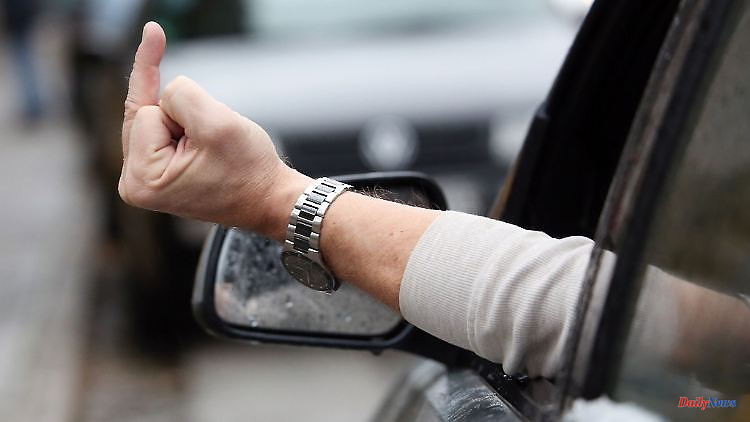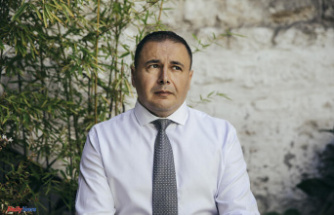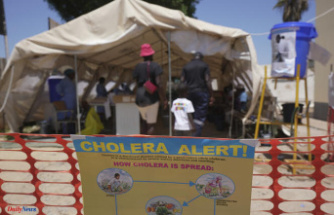The road sometimes becomes a wilderness. Screams, grimaces and fisticuffs are not unknown. A traffic psychologist explains where this aggression comes from and how to deal with it.
Well, how well did you get to work by bike or car this morning? Anything insane? It is not uncommon to see cyclists banging on the car roof at the next traffic light or contemporaries who yell their anger at the others through the rolled-down side window, which is not always ready for the press. Sometimes it does not stop with purely verbal attacks.
Professor Bernhard Schlag is a traffic psychologist. He knows where this aggression comes from and how those affected can get it under control.
Where does the aggression in road traffic come from and sometimes makes peace-loving people completely lose their skin?
Bernhard Schlag: The aggression comes mainly from the fact that I feel disadvantaged in an area of life in which I pay close attention to my advantages. That tickles. Then there is the fact that in road traffic, especially when driving a car, there is a high degree of anonymity, so that aggressive behavior also appears to have no consequences. That's why, when you ask people where they might have become aggressive, road traffic is always number one.
You have to distinguish between two different types of aggressiveness. They also occur very differently. With instrumental aggression, I want to gain advantages for myself, assert my own interests - even if this is at the expense of others.
In hostile aggression, the goal of action is to harm the other. Fortunately, the latter is rarely on the road. But the first type is particularly common. You feel disadvantaged, you feel you have been neglected or you think you have to be particularly fast and the others are in your way.
Of course, the fact that the space available on the road is very limited also plays a role. And that's why there's a fight. The epic battle between drivers and cyclists is already a legend. The road resource is simply scarce and is used by many people at the same time. And these resource conflicts are often a reason for aggression on the road.
What helps to get the aggression under control again?
The human body reacts almost autonomously. He tenses up at the moment. And everything that is good against it is helpful to loosen the cramp again. Letting off steam can help very acutely: simply blow deeply or scream out loud - to yourself.
Yelling at each other in front of a traffic light, where you then stand next to each other, doesn't help. This can also relieve a bit of pressure on oneself. But it may build up on the other at the same time. This can escalate very quickly and even lead to fisticuffs or physical attacks.
What's the best way to avoid aggression?
You can of course do something to prevent it. For example, to get yourself into a mood with moderate music in which it is not important to be the fastest or to assert yourself against others. And it doesn't matter whether by car or by bike: plan your journey well, leave on time, take the pressure off, don't be in a hurry.
You have to be more realistic about the supposed advantages of driving fast - smooth driving must be the goal and not the advantage that you want to gain by driving faster than the traffic allows. And don't get upset that others are trying to do it and that you feel pushed back.
Another important point is that you don't live out the anger from other areas of life in traffic. Putting yourself in the other person's shoes, seeing them as a partner and not a competitor, is also a piece of advice.
About the person: Professor Bernhard Schlag was a professor and senior professor for traffic psychology at the TU Dresden for 29 years and is now a member of various scientific advisory boards (including the German Traffic Watch) and co-editor of several traffic science journals.












